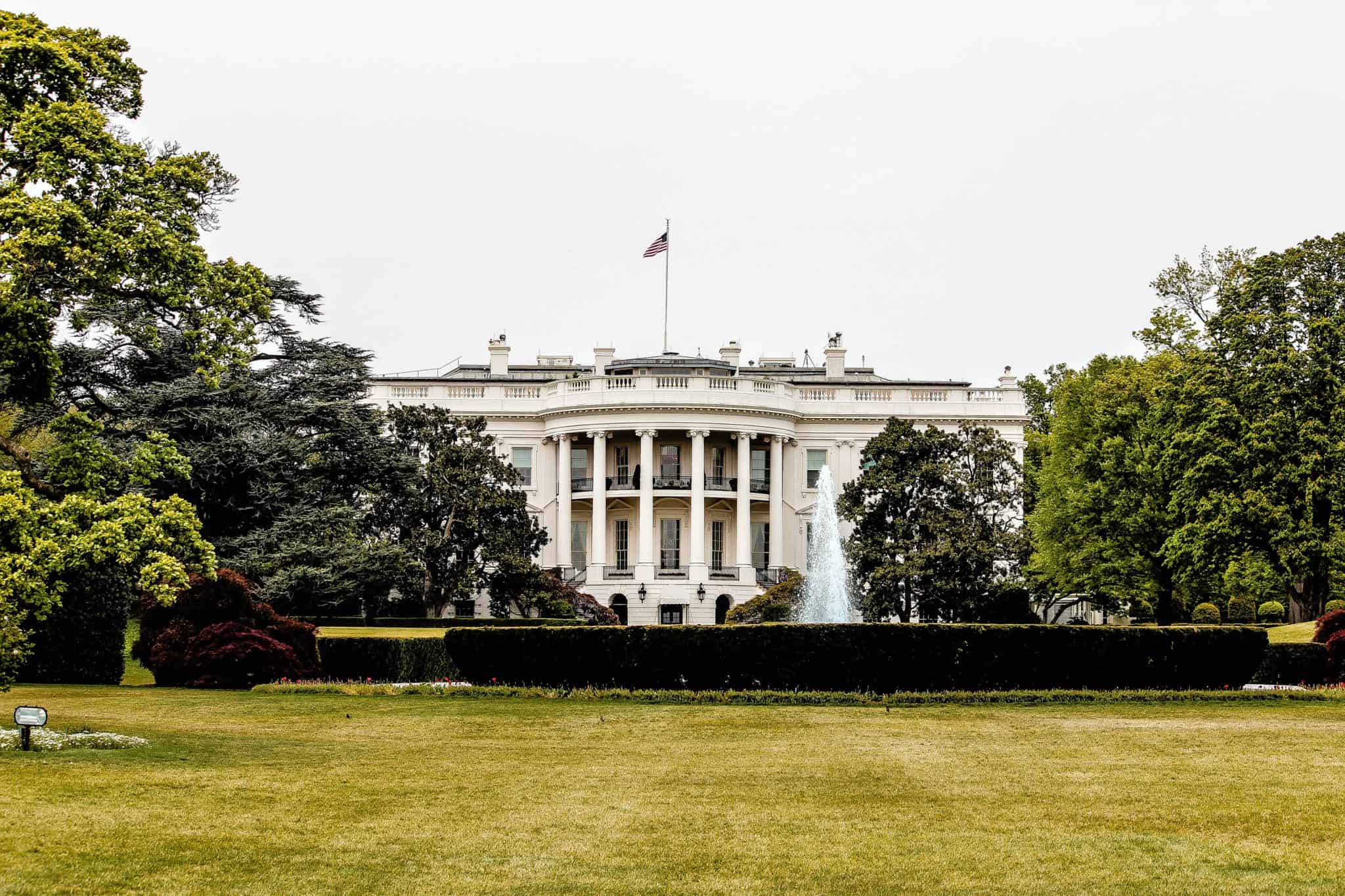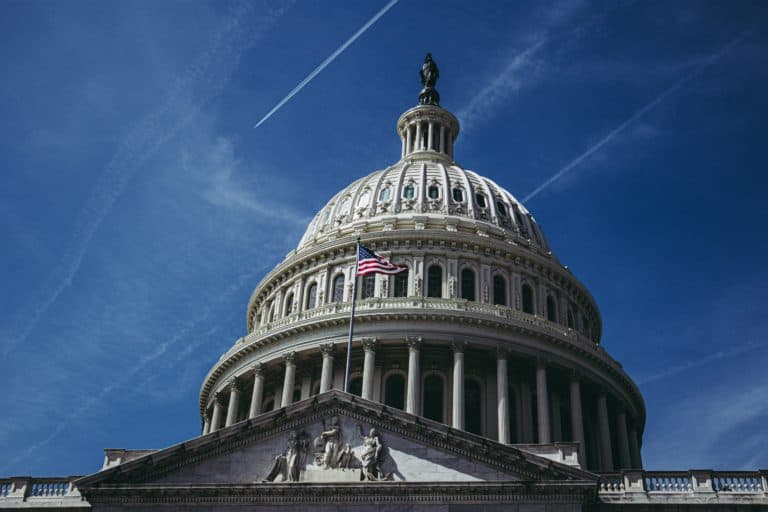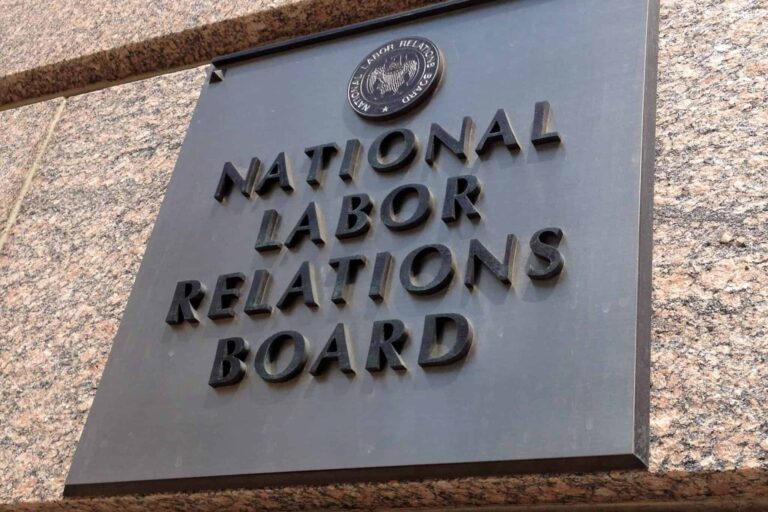
Andrew Strom is a union lawyer based in New York City. He is also an adjunct professor at Brooklyn Law School.
As we enter a Presidential election year, it’s a good time to think about how Presidents affect workers’ rights. As we get closer to the election, I will remind everyone how bad Donald Trump was for workers, and when I do that, it’s worth noting how long the lingering effects of an anti-worker President can last. Ronald Reagan famously broke a strike by the Professional Air Traffic Controllers Organization (PATCO) in 1981 when he issued an order to fire the 11,000 striking federal employees. Many people view that decision as a symbolic turning point for the labor movement in the U.S. But, what’s less talked about is how Reagan’s appointees to the National Labor Relations Board (NLRB) have made a lasting impact on labor law.
Before Reagan became President, the five members of the NLRB tended to be career government lawyers. Reagan broke that mold by stacking the Board with individuals who had spent their careers representing management. The Reagan NLRB aggressively reversed precedents, and narrowed workers’ rights, and workers are still feeling the effects of a number of key decisions made by the Reagan appointees. This is largely due to agency norms that have only been eroded in recent years. In litigation before the Board, the NLRB’s General Counsel controls the theory of the case, and prior to the Trump Administration, the General Counsel wouldn’t authorize a complaint if conduct was lawful under existing precedent. The Board’s current General Counsel, Jennifer Abruzzo, still adheres to that practice. While she has argued that the Board should reconsider some anti-worker precedents, she will not authorize a complaint where the employer has not committed any violation under current Board law. Moreover, since these cases have been followed for forty years, they have acquired an air of legitimacy that presents an additional obstacle to overruling them.
In 1984, in Rossmore House, the Reagan NLRB announced a new test for determining when it is illegal for an employer to interrogate open union supporters regarding their union sympathies. Previously, the Board had held that questioning union supporters about their reasons for supporting a union was illegal unless the employer had a legitimate reason for asking the questions and gave an assurance against any reprisal. The Reagan Board replaced this rule with a “totality of the circumstances” test that generally allows employers to interrogate open union supporters. Forty years later, this is still the operative test, and employers regularly rely upon Rossmore House to justify asking workers about their support for unionization. For instance, in Bozzuto’s Inc. v. NLRB, the Second Circuit overruled a divided Board and held that an employer’s questioning was not illegal where the employer’s Vice President stopped a worker and asked him, “What’s going on with this union stuff?” The worker responded, “I’m not going to talk about it with you, Mr. Clark.” To the Board majority, the worker’s response showed that he was uncomfortable with the questioning. But, the Second Circuit judges disagreed – to them, the worker’s deflection of the question showed there was no coercion.
To me, what’s notable about the Bozzuto’s case is how much time and money was spent litigating whether the interrogation was coercive. The Second Circuit judges devoted many pages to a discussion of five different factors, including whether the worker was an open union supporter at the time of the questioning, and whether the employer had already committed unfair labor practices by the time of the questioning or whether those unfair labor practices occurred days later. The Board majority had cited more than twenty cases that supported its ruling – the Second Circuit decided all were distinguishable. Back in 1965, Henry Friendly, a widely respected federal judge, explained the problem with the Rossmore House approach – an agency receiving thousands of charges each year shouldn’t “be forced to determine every instance of alleged unlawful interrogation by an inquiry covering an employer’s entire union history and his behavior during the particular crisis and to render decisions having little or no precedential value since the number of distinct fact situations is almost infinite.” Yet, forty years later, we’re still stuck with the Rossmore House multifactor test, and as a result, workers often only learn that they were subjected to illegal interrogation years after the fact.
In Meyers Industries, the Reagan Board narrowed the type of employee conduct that the National Labor Relations Act covers. The law protects workers who engage in “concerted activities for … mutual aid or protection.” The Board had previously held that health and safety complaints are inherently concerted because a complaint about unsafe working conditions benefits all workers exposed to the conditions. But, in Meyers, the Board held that the protections of the Act only apply where a worker’s activity is either with, or on authority of, other employees.
The Reagan NLRB also narrowed workers’ rights in less straightforward ways. For instance, without acknowledging prior inconsistent cases, in Laerco Transportation and TLI, it limited the circumstances where the Board would find that an entity was a joint employer. The Board announced that daily supervision of a contractor’s employees would not support a joint employer finding where the supervision is “limited and routine.” It wasn’t until 2015 in Browning-Ferris Industries, that the Board finally overruled Laerco and TLI, but by then, employer groups could express outrage that the Obama Board had overruled such ancient and venerable precedents. Since Browning-Ferris, the NLRB’s joint employer doctrine has become a hotly contested issue, likely to veer back and forth with each new Administration.
The Board’s rule regarding wearing union insignia in health care institutions is also a product of the Reagan Board. In a 1986 case, Mesa Vista Hospital, the NLRB simply announced that rules restricting the wearing of union insignia outside immediate patient care areas are presumptively unlawful. The implication was that rules prohibiting union insignia in immediate patient care areas are valid, yet the Board did not explain why restricting union insignia in immediate patient care areas was justified. The Supreme Court had previously allowed health care institutions to limit solicitation and distribution in immediate patient care areas, but the Board had long treated solicitation and distribution differently than the silent and unobtrusive act of displaying union insignia. Nevertheless, as a result of that Reagan-era decision, health care employers are still allowed to prohibit workers from wearing union insignia in immediate patient care areas.
The Reagan Board, in Our Way, also allowed employers to use ambiguous terminology to deter workers from engaging in solicitation and distribution at work. The NLRB held that an employer’s rule banning solicitation and distribution during “working time” is lawful. The Board had previously held that such a rule is unlawfully ambiguous because, without further explanation, workers might interpret it to include all hours when they are on the clock, even if they are taking a break. The Board still applies Our Way today, allowing employers to benefit from this ambiguity.
There are other Reagan-era NLRB precedents that are still on the books. But, these cases should be sufficient to illustrate how a President’s appointments to the NLRB can leave their mark on labor law for years to come.










Daily News & Commentary
Start your day with our roundup of the latest labor developments. See all
July 7
LA economy deals with fallout from ICE raids; a new appeal challenges the NCAA antitrust settlement; and the EPA places dissenting employees on leave.
July 6
Municipal workers in Philadelphia continue to strike; Zohran Mamdani collects union endorsements; UFCW grocery workers in California and Colorado reach tentative agreements.
July 4
The DOL scraps a Biden-era proposed rule to end subminimum wages for disabled workers; millions will lose access to Medicaid and SNAP due to new proof of work requirements; and states step up in the noncompete policy space.
July 3
California compromises with unions on housing; 11th Circuit rules against transgender teacher; Harvard removes hundreds from grad student union.
July 2
Block, Nanda, and Nayak argue that the NLRA is under attack, harming democracy; the EEOC files a motion to dismiss a lawsuit brought by former EEOC Commissioner Jocelyn Samuels; and SEIU Local 1000 strikes an agreement with the State of California to delay the state's return-to-office executive order for state workers.
July 1
In today’s news and commentary, the Department of Labor proposes to roll back minimum wage and overtime protections for home care workers, a federal judge dismissed a lawsuit by public defenders over a union’s Gaza statements, and Philadelphia’s largest municipal union is on strike for first time in nearly 40 years. On Monday, the U.S. […]